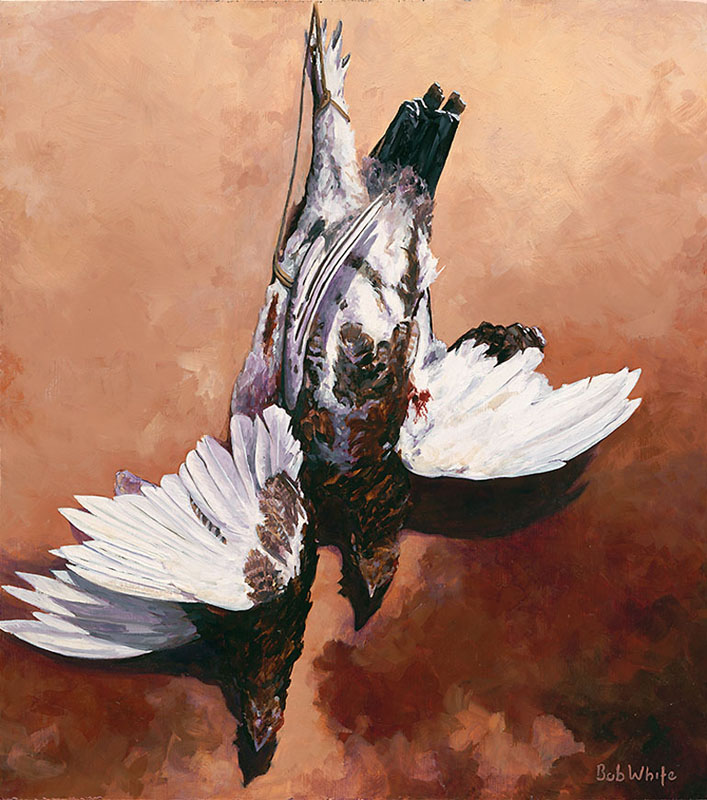
A friend recently commented, “I really enjoy your still life paintings with hanging birds. What is it about them that make the images so appealing?
The remark caused me to question why I’m attracted to compositions with dead game birds.
Fish and Fowl
Lisa is not a fan of my paintings with dead birds or fish in the composition (probably because they rarely sell). I find them compelling, however, because of their allegorical reference to the brevity of life and man’s mortality. A still life painting also raises many interesting questions.
By its nature, a sporting still life tells an incomplete and unfinished story. When we look at a painting in which the subject is a dead bird, for example, we know only that there has been a successful hunt.
The remainder of the experience is conjecture, and I find this intriguing. Was the bird the first, or the last of the season? Did the bird hold for the dog? Was it the dog’s first hunt? Was the retrieve difficult? Perhaps, the dog is old, and this was its last retrieve. Was it a challenging and satisfying shot? Did a lone, contemplative hunter shoot the bird merely as an afterthought? Or, was it taken by a raucous group of friends? Perhaps, the bird was the result of a hunt with a son or daughter. If so, was it the child’s first bird… or the parent’s last hunt? What was the weather? Was the day difficult, or perfect?
These unanswered questions inadvertently engage the viewer and invite him into the painting, and this often becomes an opportunity for the observer to relive a cherished memory. I enjoy creating an image that acts as a catalyst in such a transformative process.
Objects of our Desire
I am also intrigued with still life paintings that contain fishing and hunting memorabilia. Fly rods and reels, boxes of flies, shotguns, decoys, maps, books, and old photographs are but a few of the possibilities.
There is a warm sense of nostalgia associated with the trappings of a sporting life, and I am often asked to paint a collection of memorabilia to commemorate the sporting legacy of a loved one.
These paintings are essentially a portrait, a lifelong remembrance of the individual, and an heirloom to pass on to following generations.
Why I paint the Sporting Still Life
I enjoy painting the sporting still life for a multitude of reasons.
- It’s difficult to arrange game birds or fish, individually or in a grouping, and not have a pleasing composition. Some arrangements are more successful than others, of course… but I enjoy them all.
- A sporting still life can be painted with a model. I’m not a keen enough observer to recall and render a bird in flight, or the leap of a fish; stopped in an exact instant. All of my ‘action images’ are created with the aid of photographic reference material, and while there’s nothing wrong with this, I prefer to paint from a model whenever possible.
- There are a multitude of interesting textures, surfaces and colors in a still life painting, particularly in memorabilia. Some of these are subtle, and others are rich. They’re all challenging and satisfying to render.
- The lighting and the subsequent shadows cast by the objects in a still life can be manipulated to create wondrous and fantastical forms across the background. In many ways, I find these as interesting as the objects themselves.
I take great pleasure in painting the sporting still life, and I hope that you’ll enjoy the following images.
To see additional work, go to: BobWhiteStudio.com
If you have any comments or questions, please share them below in the comments section. I’d enjoy hearing your thoughts.

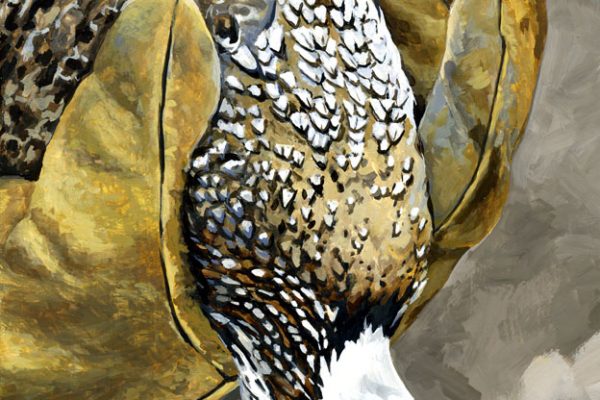
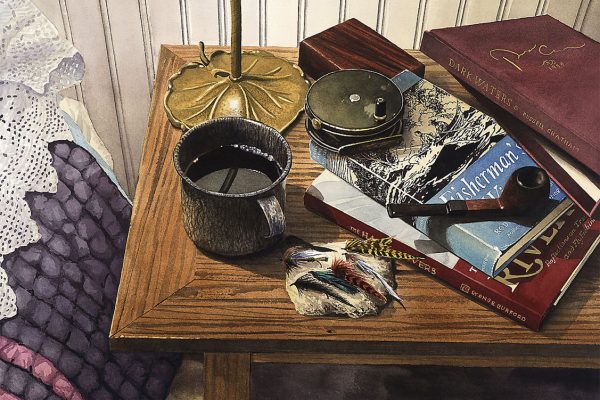
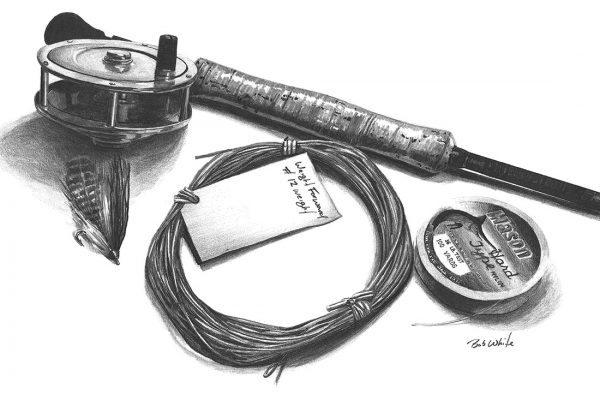
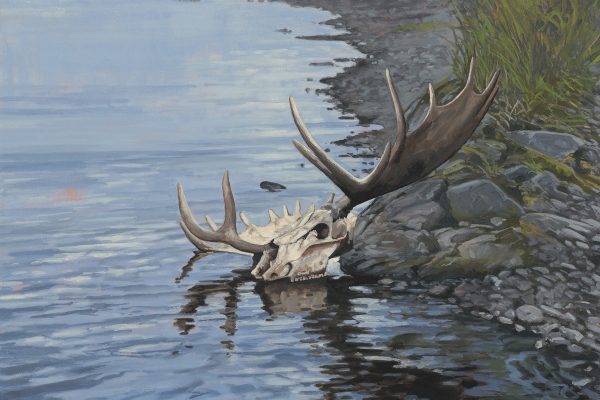
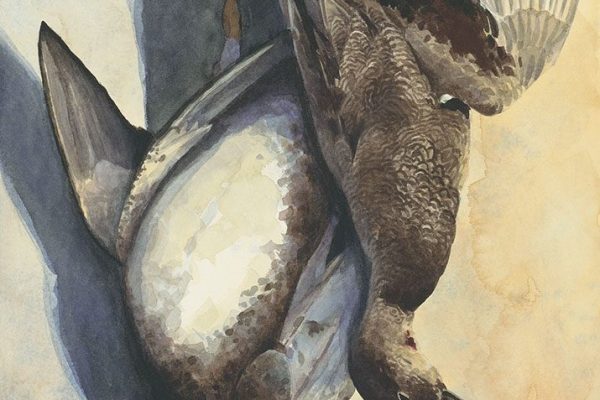
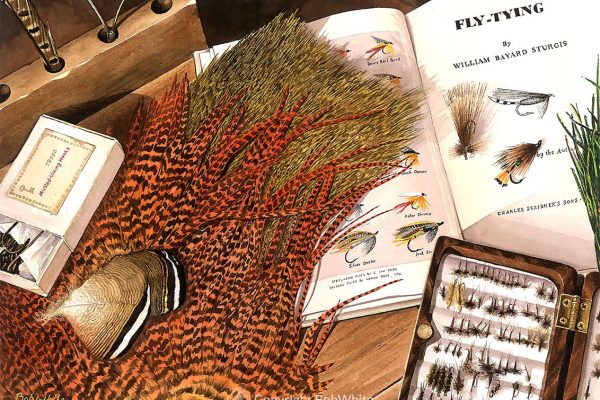
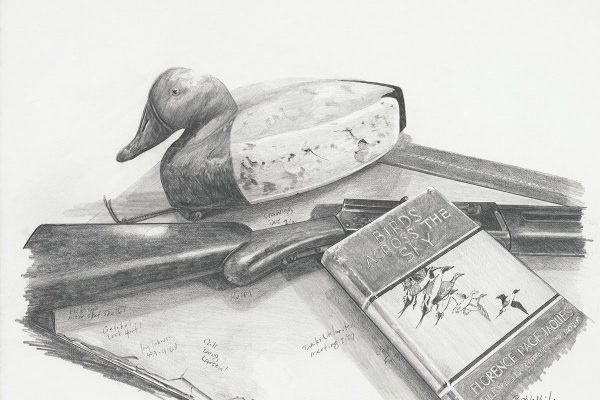
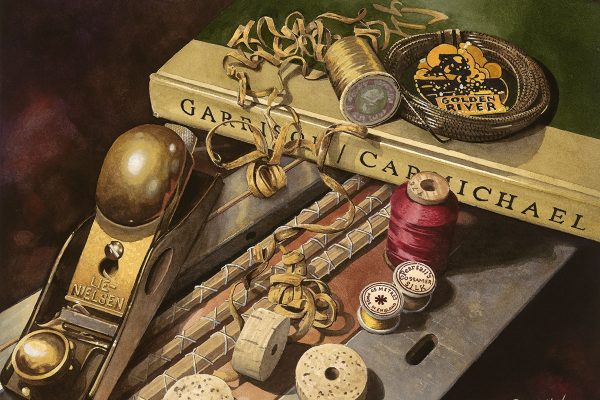
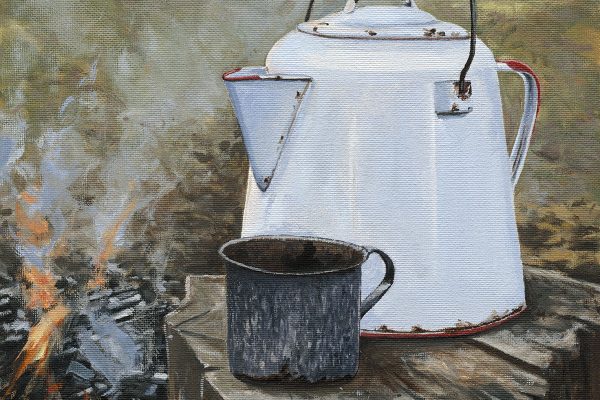
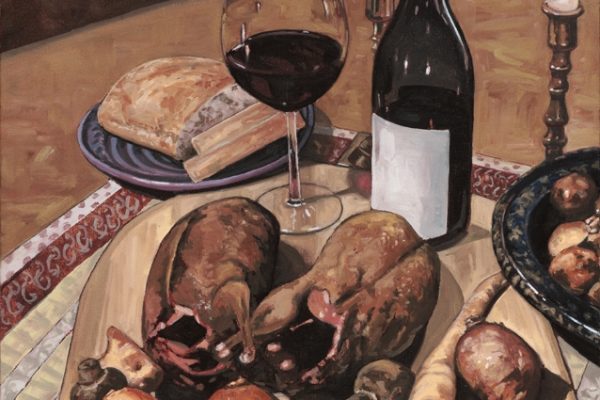
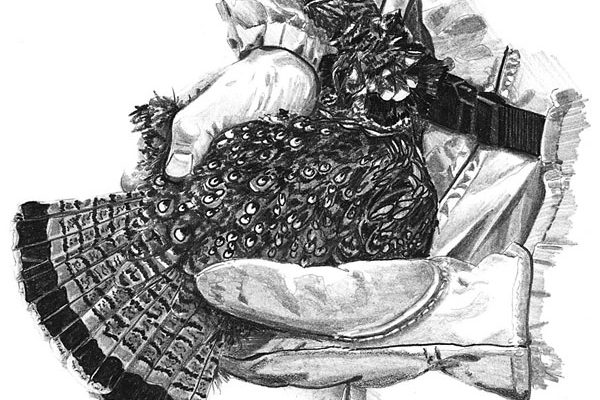
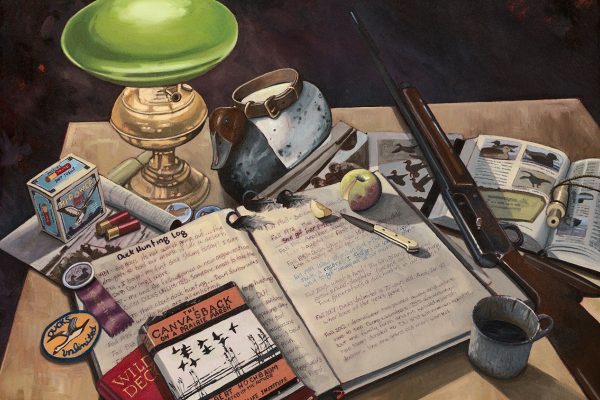
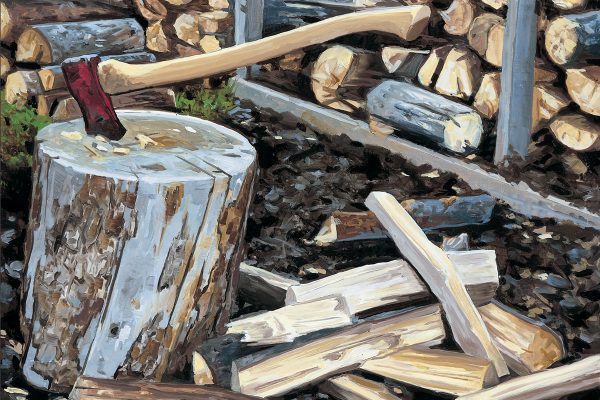
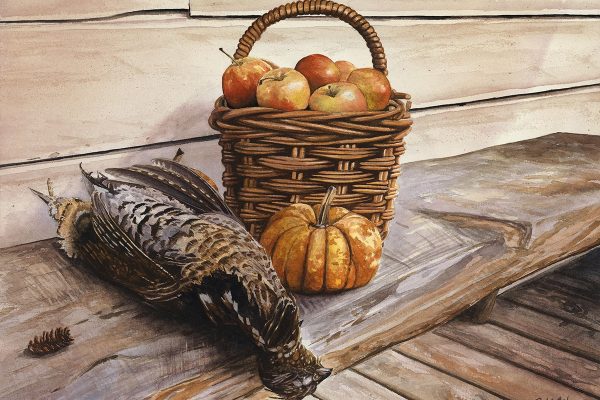
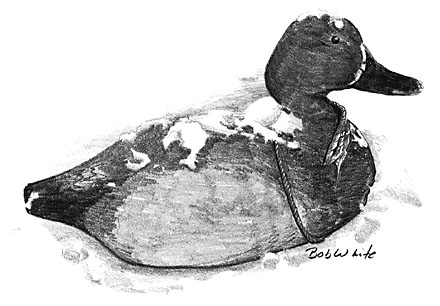
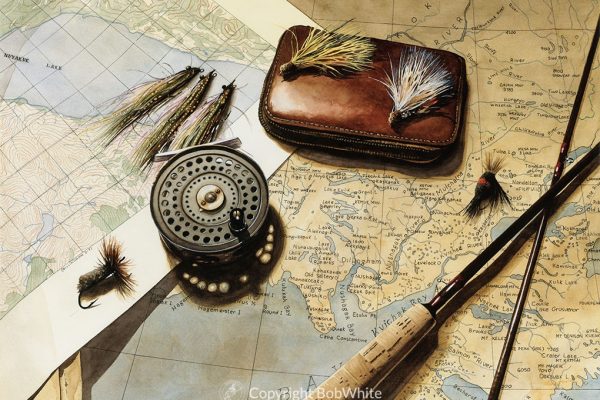
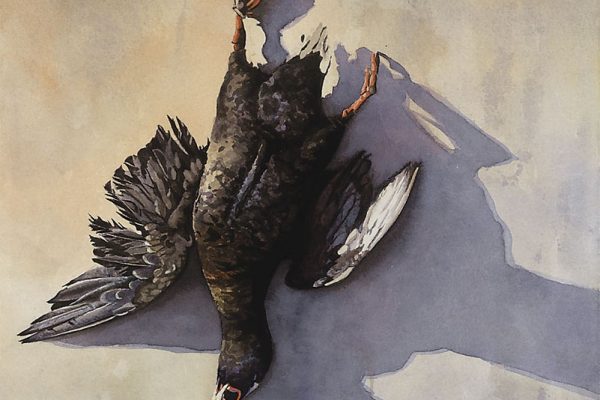
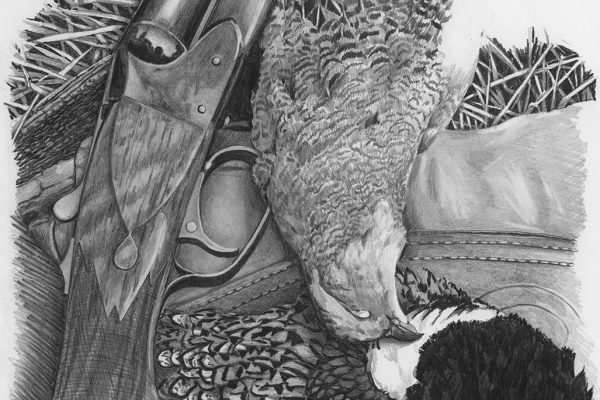
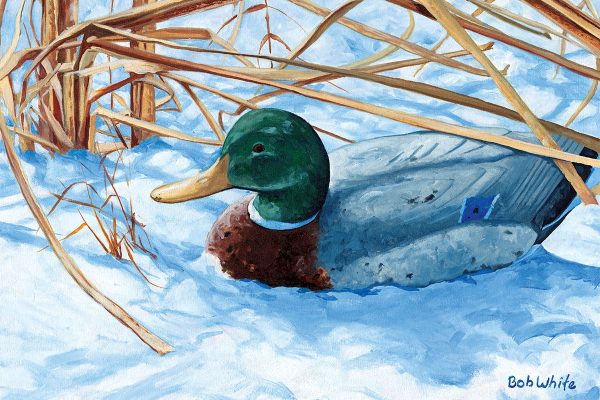
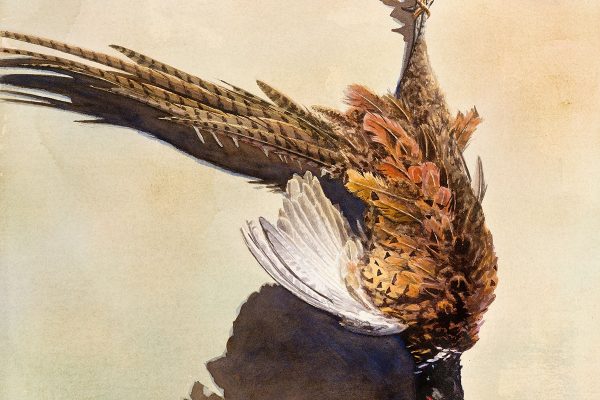
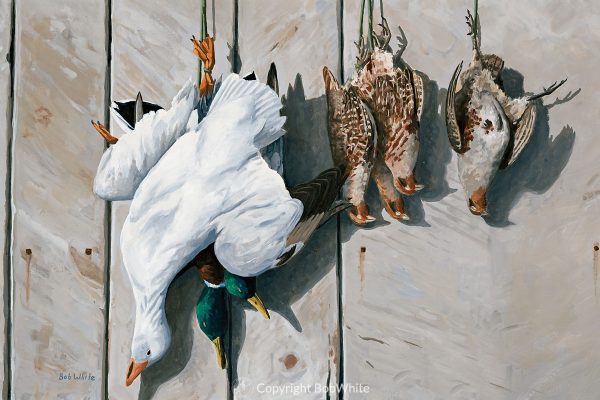
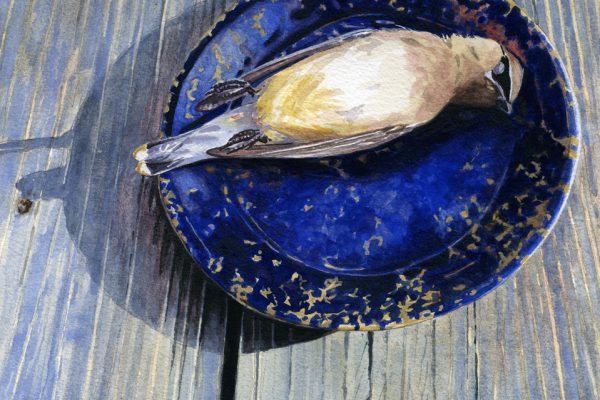
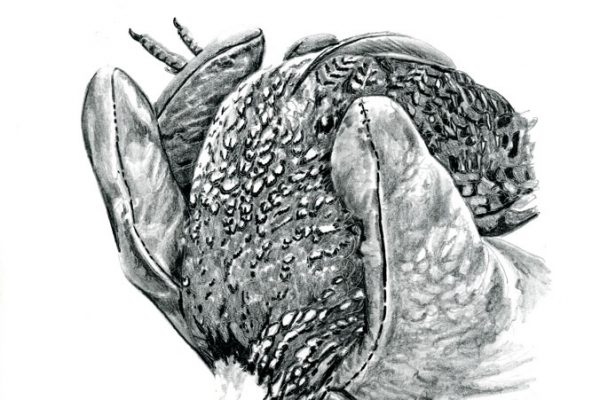
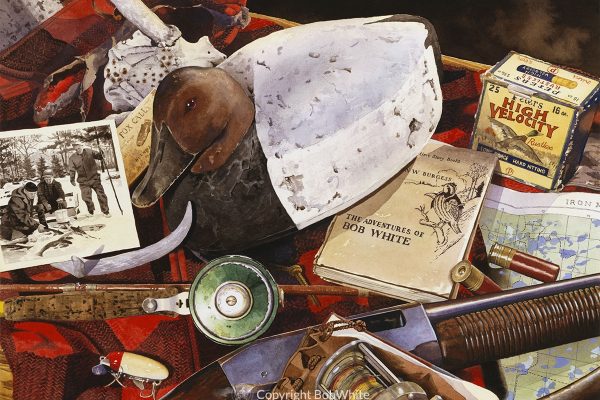
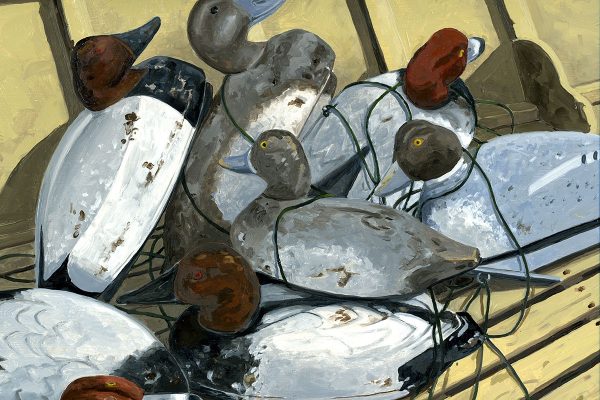
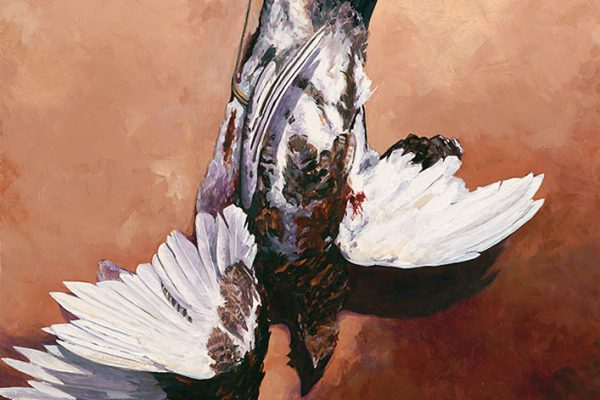
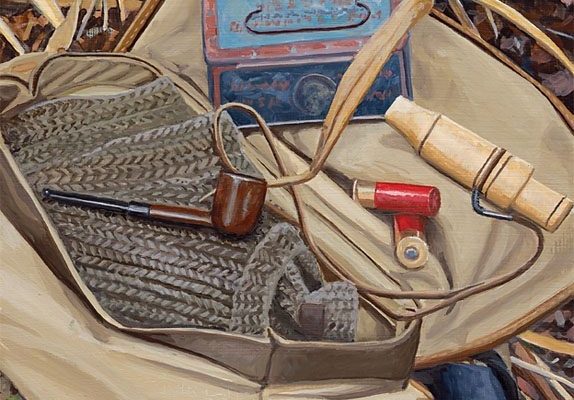
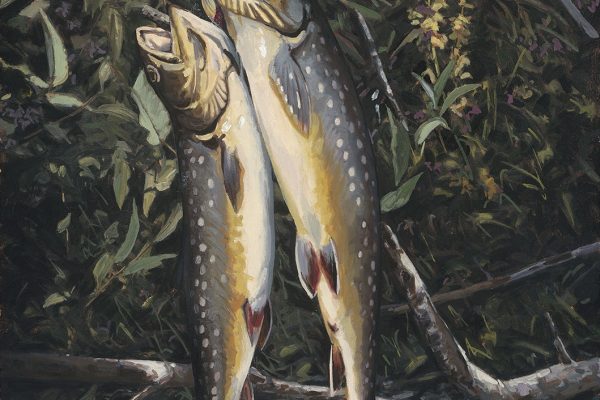
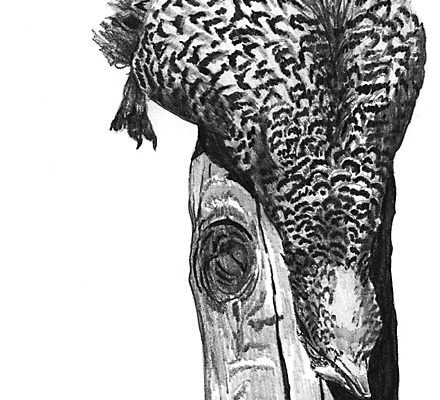
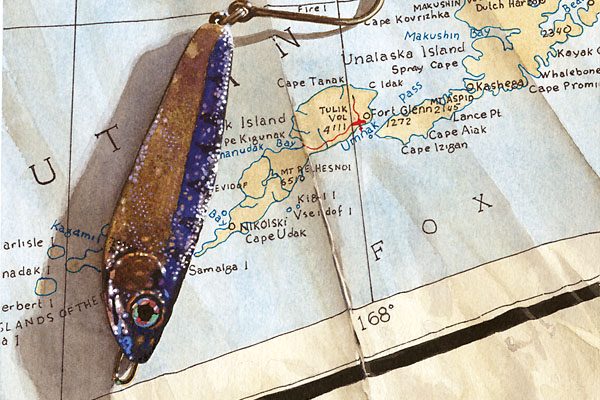





The all are feel good moments captured on canvas.
bob, I don’t much care for the dead birds art but I love all your other sporting stuff compositions such as on a table etc. Alan
Dead game scenes are an interesting group of art of with a long an enduring history. Bravo!